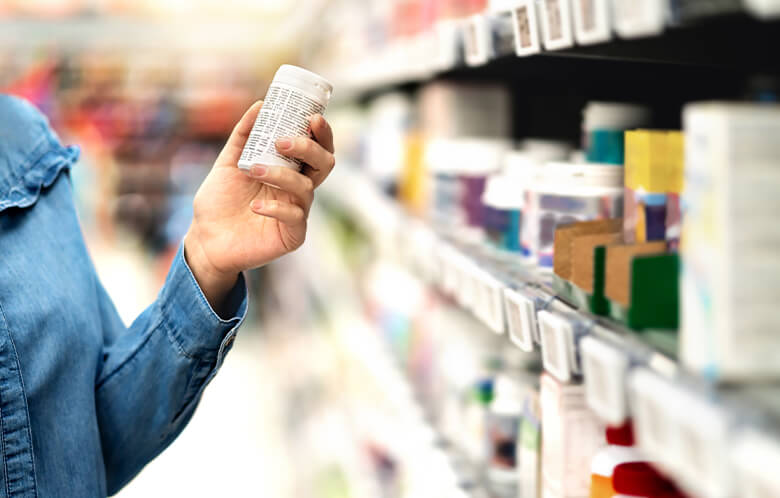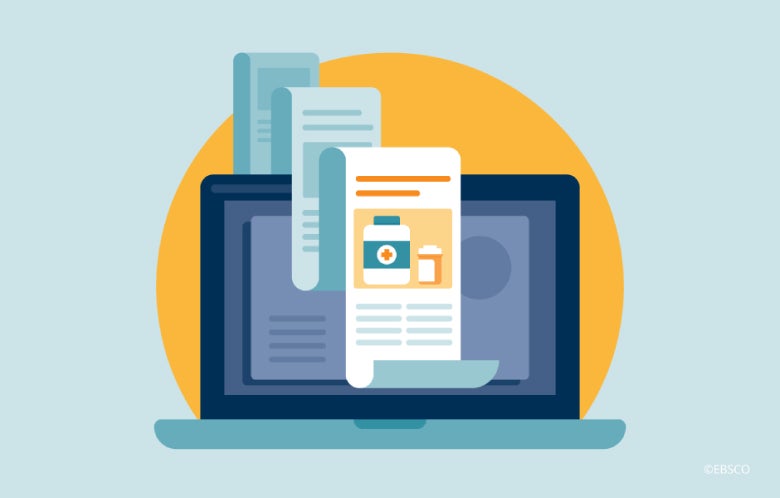Deaths due to opioid overdose rose exponentially in the United States during the past two decades, with more than 80,000 deaths reported in 2021, despite the availability of naloxone, a life-saving opioid overdose treatment.
Disproportionately affecting people of color, the overdose death rate is seven times higher among older Black men (≥ 65 years) compared to older White men and twice as high among American Indian and Alaska Native women (aged 25-44 years) compared to White women in this age group. Furthermore, as income inequality widened, so too did overdose disparities.
Naloxone (Narcan) is a life-saving treatment and the standard of care for treating opioid overdose. Available as an injectable medication, an autoinjector device, and a nasal spray, naloxone works by displacing opioids from their receptors and blocking any additional opioid binding for 20-90 minutes, effectively preventing additional effects and allowing the body to restore normal respiration.
First responders, emergency department staff, and communities rely on naloxone to prevent opioid overdose deaths. Community programs also provide training and naloxone kits to the public. Additionally, many states allow pharmacists to dispense naloxone under a standing order, rather than needing a prescription. Since non-medical bystanders are present in about one-third of drug overdoses, efficient access to naloxone is vital. Between 2004 and 2014, approximately 27,000 opioid overdoses were reversed by naloxone administered by non-medical bystanders.
In March 2023, the FDA approved naloxone nasal spray (Narcan 4 mg) for over-the-counter/non-prescription use in adults and children. The switch to nonprescription status allows individuals to access naloxone at a variety of convenient locations, including grocery stores, gas stations, community pharmacies, and online. In accordance with FDA regulations, this will pave the way for generic manufacturers of naloxone nasal spray to apply for nonprescription status. It is expected that the nonprescription product will be available by late summer 2023. Other formulations will remain prescription-only.
Increased access to naloxone via its nonprescription status is an important step in combatting the opioid crisis. However, affordable pricing and a shop’s willingness to stock and display the product in a conspicuous location will be the key to unlock access to those who need it. The FDA has encouraged drug companies to set affordable pricing for naloxone, but ultimately the pricing will be left to the manufacturer. Emergent BioSolutions has announced that a two-pack will be priced under $50. How far under $50 will determine if it’s a feasible purchase for those at risk of needing it. Furthermore, though advocates are urging insurance companies to provide coverage for nonprescription naloxone products, it is unclear how naloxone’s nonprescription availability will affect insurance coverage.
The prescription-to-nonprescription status switch for naloxone has great potential to alleviate the opioid epidemic; however, the true impact, especially on individuals disproportionately affected by fatal opioid overdose, is yet to be determined.
See the DynaMed topic on Opioid Overdose for more information about naloxone.



